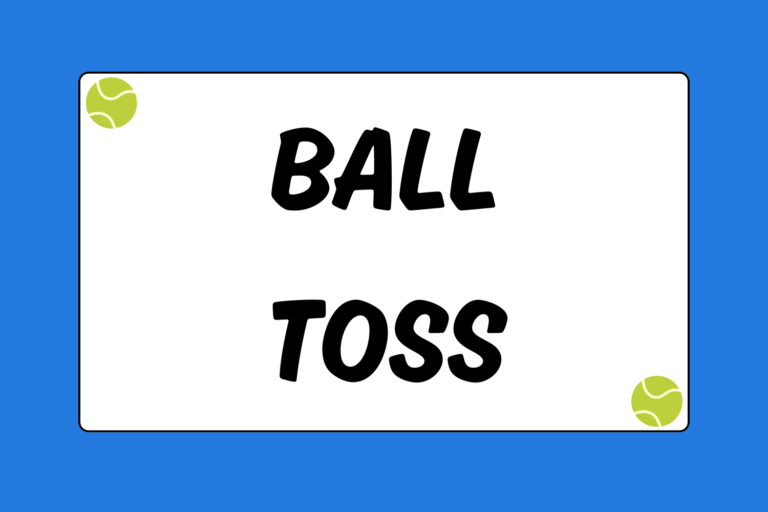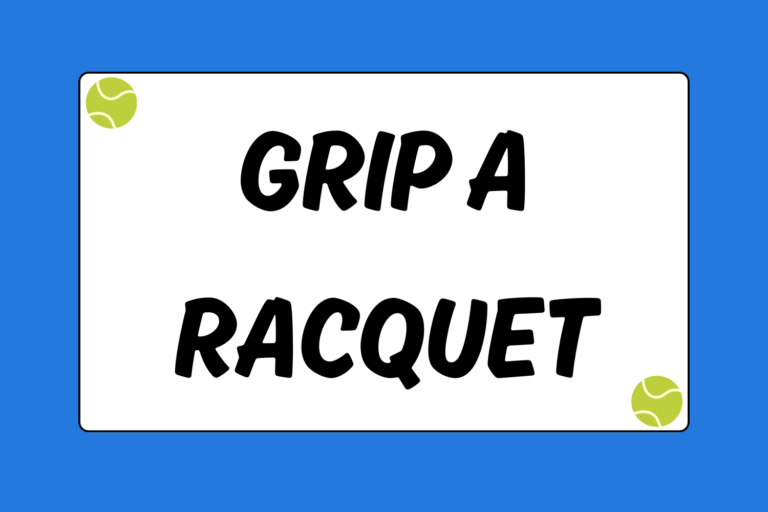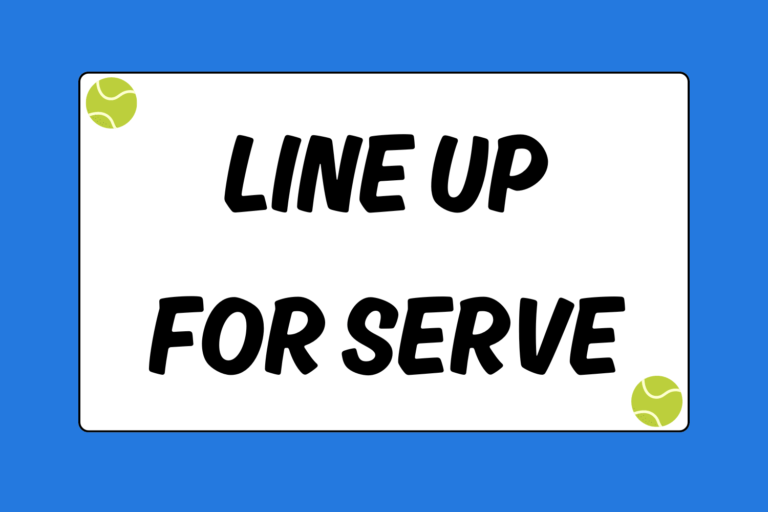Getting to the net is a primary focus for many tennis players. Whether your game is built around the serve and volley, or you’re a doubles player that avoids hanging around the baseline, charging the net is a great way to end points quickly.
It’s difficult to battle against aggressive net players, and there are few alternatives for trumping a player once he establishes position at the net. Among the possibilities for circumventing the net player are hitting a passing shot for a winner, placing the ball around the opponent’s feet for a difficult half-volley, or jamming the player by hitting at his body.
However, one of the most common counterattacks against aggressive net players is the topspin lob. Topspin lobs sail over the net player’s head, dive downward because of the spin, and are difficult to return.
A well placed topspin lob doesn’t leave you with many options. You can try to take the ball out of the air, or you can chase the ball down, run around it, and hit a groundstroke. Another approach to returning a topspin lob is to hit a ‘tweener, or a between-the-legs return. Hitting a between-the-legs shot is extremely difficult, but it’s a desperation stroke that might save you when you need it most.
Hot Tip: Recognize the Situation
Remember, a ‘tweener is a last-resort shot, so you shouldn’t risk losing a point if you can avoid hitting through your legs. Occasionally, the ‘tweener will be your highest percentage shot, but this is rare. If it’s set point, you might be better off trying to run around a lob.
Practice a Side Shot
You don’t want your first attempt at a ‘tweener to be during a match. Unless you can channel your inner Roger Federer, you’ll most likely end up losing the point and hurting yourself. You need to understand the arm mechanics and contact point before you show off your trick shots during a competitive match.
Hitting against a wall is a great way to practice the ‘tweener, and it will help you grow more comfortable with the stroke.
- Stand with your back to the wall and drop a ball on the same side as your dominant hand.
- Your goal is to hit the ball backwards — but not through your legs — against the wall and clear the imaginary net.
- Don’t tense up on your stroke. Start your stroke from about head-level with a Continental grip, and focus on flicking your wrist when your arm reaches the point where it’s perpendicular to the ground.
- You should make contact with the ball when it’s only 7 to 10 inches off the ground. The ball should be close to bouncing a second time.
- You want to minimize your follow through by flicking your wrist. Avoid any extraneous arm movement other than your wrist. You should not follow through with your entire arm.
Now that you understand the mechanics of the stroke, you’re ready to attempt a between-the-legs shot. Once again, however, you should practice on a wall or with a partner before you try to hit a ‘tweener in a match situation.
Steps to Success
Focus on mastering one skill at a time when practicing the ‘tweener. Once you’ve conquered the first step, move on and perfect the following phases in turn.
Utilize Stutter Steps
Once you’re comfortable with the stroke itself, you need to learn how to put yourself in the proper position to hit a ‘tweener. Timing the stroke is difficult because you’re sprinting to catch up to the lob, but you don’t want to overrun the ball. Properly utilizing stutter steps will help you set up for the shot and stay balanced. As you approach the ball and it’s on the way down, shorten your strides and take quick stutter steps.
Let the Ball Drop
Just like practicing shots to the side of your body, you want to make contact with the ball when it’s close to the ground. Your racquet face naturally opens up when you hit a ‘tweener, so you don’t need to worry about taking the ball as it rises. You should make contact when the ball is nearing a second bounce and is less than a foot off the ground. Your arm should be fully extended when you make contact with the ball, so let the ball drop more if your arm is bent.
Hot Tip: Lift Your Leg
Don’t keep both feet planted on the ground when you’re swinging. A right-handed player should lift his left leg slightly off the ground as he makes contact with the ball. Lifting your leg gives you more room for the racquet to slide through your legs.
Run Through the Shot
Don’t bask in the glory of hitting a ‘tweener and celebrate by watching the ball soar through the air. You need to keep moving forward (towards the back fence) once you make contact with the ball. Returning a ‘tweener is difficult because it’s hard to determine the direction of the ball, so don’t disrupt your rhythm by immediately turning around. Complete the stroke by continuing your momentum and running through the shot.
Handle with Caution
The ‘tweener is a useful shot, but it’s also dangerous (more so for men) and difficult to pull off. You don’t need to incorporate the shot into your game if you’re not ready to do so. Gradually integrate the shot into your arsenal of strokes, and practice every now and then when you’re at the courts.





